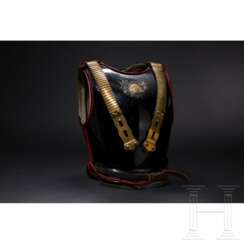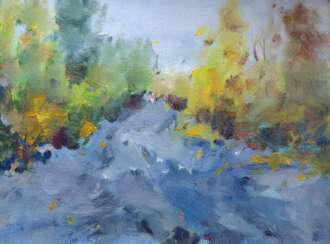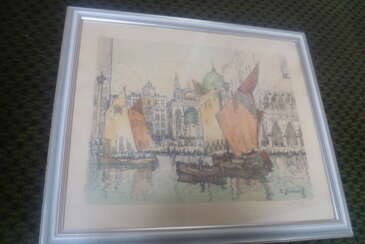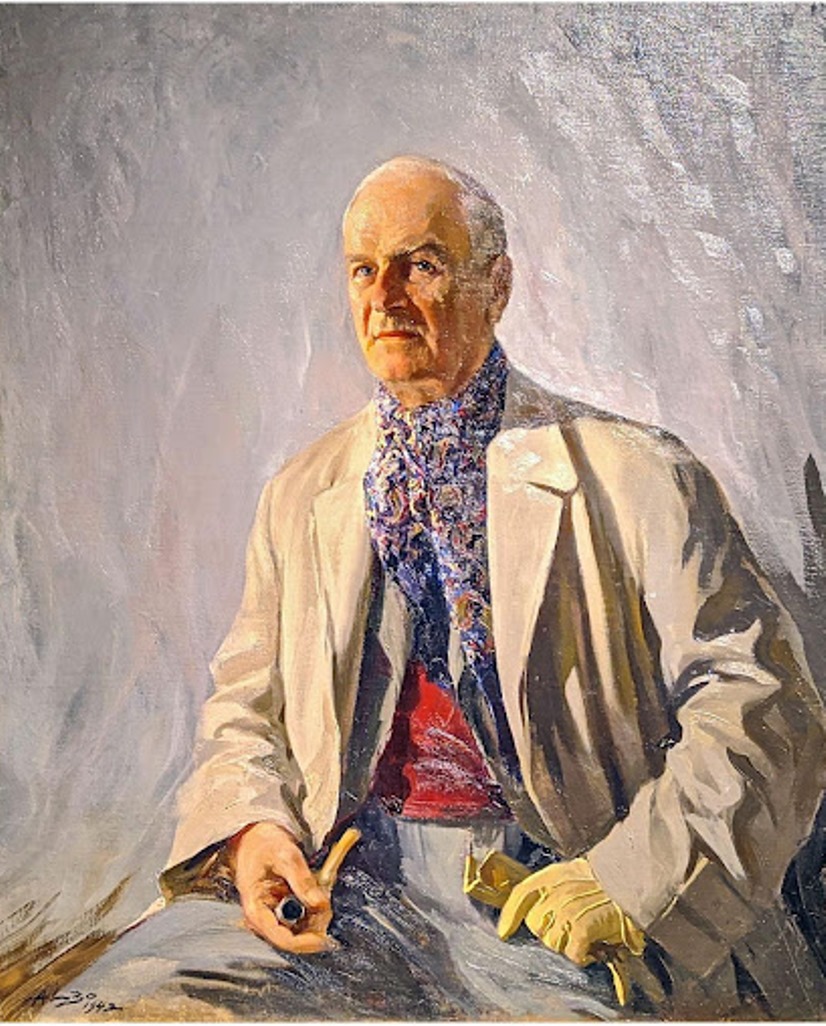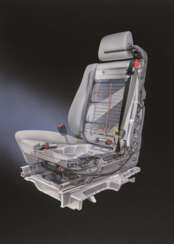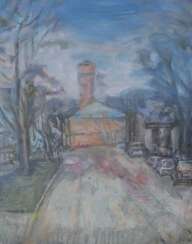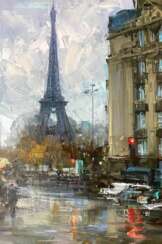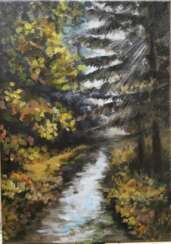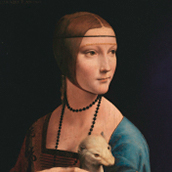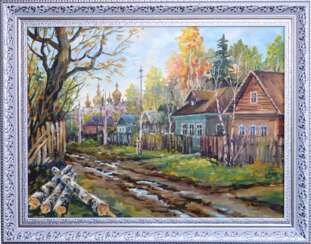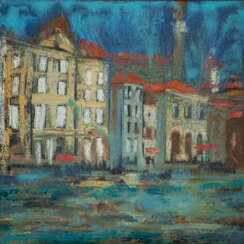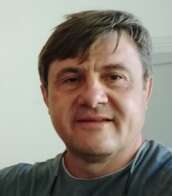16 Items by auctions and galleries:
straße nach regen
Lot 3579 Georg Lebrecht (1875 - 1945) - 32 Tuschezeichnungen zum Preußisch-Österreichischen Krieg 1866 sowie Illustrationen zu den Regensberg-Büchern "1866", um 1900
A106m: Orden und Militaria bis 1918 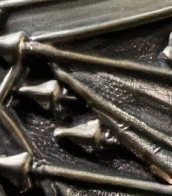

Hermann Historica
A106m: Orden und Militaria bis 1918
Date: 06.11.2025 10:00 UTC +02:00
Number of lots in the catalog: 914
Осень дорога жизни
Dilshod Khudayorov (b. 1999) 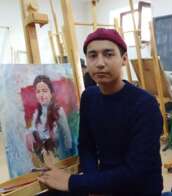 Shop Khudayorov Dilshod
Shop Khudayorov Dilshod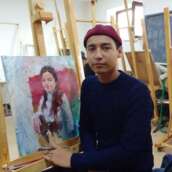

Dilshod Khudayorov
10.11.1999
Uzbekistan
Художник - самоучка, поступивший в университет станковая живопись . Мой стиль реализм в сочетании с авангардом и пишу в направлении импрессионизма. Я не могу не рисовать ни дня . Я всегда работаю над собой и достиг профессионального уровня. У меня нет мастерской . Я люблю рисовать дома в кругу семьи. Вдохновляясь всем, что меня окружает - людьми, природой и древними городами моей страны. Рождаются мои картины.

Artist shop
Khudayorov Dilshod
Uzbekistan
Number of products: 2
Lot 3297 Kaiser Ferdinand I. von Österreich (1793 - 1875) - 21 Circulare der k.k. Landesregierung in dem Erzherzogthume Österreich unter der Enns aus seiner Regierungszeit 1835 - 1848
A106m: Orden und Militaria bis 1918 

Hermann Historica
A106m: Orden und Militaria bis 1918
Date: 06.11.2025 10:00 UTC +02:00
Number of lots in the catalog: 914
По Евпатории. Депо
Sergey Prin (b. 1962) 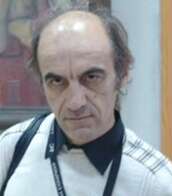 Shop Prin Sergey
Shop Prin Sergey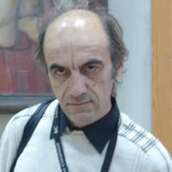

Sergey Prin
12.02.1962
Ukraine
12.02.62 родился.1996-1990 Донецкое Государственное художественное училище. 1991-1996 Харьковский художественно-промышленный институт ( монументально-декоративная роспись). Член НСХУ ( Национальный Союз художников Украины). Работы находятся в частных коллекциях Украины, России, Израиля, США, Канады, Великобритании, Германии,Австрии, Италии, Франции ит. д. Донецкий художественный музей, Симферопольский художественный музей, Национальный художественный музей Украины ( Киев).

Artist shop
Prin Sergey
Ukraine
Number of products: 103
ВИД В ПАРИЖЕ 2021
Alexander Dubovskiy (b. 1959) 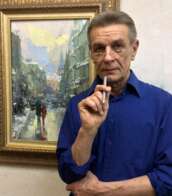 Shop Dubovskiy Alexander
Shop Dubovskiy Alexander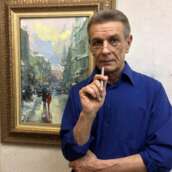

Alexander Dubovskiy
17.01.1959
Russia
Alexander Dubovsky was born in Ukraine. In 1877 he graduated from an art school. In 1978 Alexander moved to Moscow and started his full-time art career. He still lives here with his wife Nina, children and grandchildren. Alexander developed his own recognizable handwriting in the technique of impressionism. The theme of his paintings is urban and natural landscape. In urban landscapes the artist conveys the life of cities that changes and transforms depending on the time of year and weather. In the landscapes of Dubovsky you can find night landscapes, sunsets, dawns, cities in cloudy and rainy weather, or vice versa, illuminated by the bright midday sunlight. "In my paintings I convey the movement on the streets, the life of people who are going somewhere. I like to depict landscapes of past centuries, and this is a historical monument that takes all of us to the past. I see architecture, especially ancient, as the frozen music of the universe and it inspires me," says Alexander. In 1989 he joined the Moscow Union of Artists and the International Foundation. In 2006 he was educated at the at the Faculty of Fine Arts of MPGU in Moscow. Since the 80s he has been a participant in personal, international, group exhibitions. His paintings are in private collections around the world. Now the artist is in Europe, collecting material for future artwork.
Selected personal exhibitions:
1999 - Personal Exhibition in the central exhibition hall "Solntsevo."
1995- Gallery "Moscow Fine Art," Moscow.
1994 - Amalfi, Italy.
1990 - Katanya, Sicily "Romance with the City."
1988- Mir Gallery, Moscow.
1985 - Exhibition at the AZLK House of Culture.
Selected group exhibitions:
Since 2000 - Member of group exhibitions in the galleries "China-City," "Flute"; CDRI (Moscow).
1997- Christmas Exhibition in the Central House of Artists of Moscow. 1993- All-Russian Gallery Exhibition, Central House of Artists "Start," Moscow.
1992 - Group Exhibition in Hanau, Germany.
Best wishes,
Alexander

Artist shop
Dubovskiy Alexander
Russia
Number of products: 21
ВИД НА ТВЕРСКУЮ
Alexander Dubovskiy (b. 1959)  Shop Dubovskiy Alexander
Shop Dubovskiy Alexander

Alexander Dubovskiy
17.01.1959
Russia
Alexander Dubovsky was born in Ukraine. In 1877 he graduated from an art school. In 1978 Alexander moved to Moscow and started his full-time art career. He still lives here with his wife Nina, children and grandchildren. Alexander developed his own recognizable handwriting in the technique of impressionism. The theme of his paintings is urban and natural landscape. In urban landscapes the artist conveys the life of cities that changes and transforms depending on the time of year and weather. In the landscapes of Dubovsky you can find night landscapes, sunsets, dawns, cities in cloudy and rainy weather, or vice versa, illuminated by the bright midday sunlight. "In my paintings I convey the movement on the streets, the life of people who are going somewhere. I like to depict landscapes of past centuries, and this is a historical monument that takes all of us to the past. I see architecture, especially ancient, as the frozen music of the universe and it inspires me," says Alexander. In 1989 he joined the Moscow Union of Artists and the International Foundation. In 2006 he was educated at the at the Faculty of Fine Arts of MPGU in Moscow. Since the 80s he has been a participant in personal, international, group exhibitions. His paintings are in private collections around the world. Now the artist is in Europe, collecting material for future artwork.
Selected personal exhibitions:
1999 - Personal Exhibition in the central exhibition hall "Solntsevo."
1995- Gallery "Moscow Fine Art," Moscow.
1994 - Amalfi, Italy.
1990 - Katanya, Sicily "Romance with the City."
1988- Mir Gallery, Moscow.
1985 - Exhibition at the AZLK House of Culture.
Selected group exhibitions:
Since 2000 - Member of group exhibitions in the galleries "China-City," "Flute"; CDRI (Moscow).
1997- Christmas Exhibition in the Central House of Artists of Moscow. 1993- All-Russian Gallery Exhibition, Central House of Artists "Start," Moscow.
1992 - Group Exhibition in Hanau, Germany.
Best wishes,
Alexander

Artist shop
Dubovskiy Alexander
Russia
Number of products: 21
Ундол
Mikhail Rudnik (b. 1960) 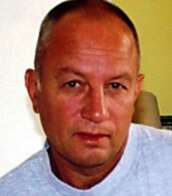 Shop Rudnik Mikhail
Shop Rudnik Mikhail

Mikhail Rudnik
24.10.1960
Russia
Рудник Михаил родился в 1960г. в г.Владимире. Учился в детской художественной школе, постигал искусство в студии молодых художников под руководством известного владимирского графика Бориса Французова. Окончил Художественно-графический факультет Владимирского пединститута. Член Творческого Союза Художников России, с успехом выставляется на многочисленных выставках в России, странах Европы, Ближнего Востока и в США.

Artist shop
Rudnik Mikhail
Russia
Number of products: 143




